Today’s highly scalable digital workloads are segmenting datacentres into air cooled and liquid cooled, opening opportunities for solution providers like ALEC Data Center Solutions.
The size, scale and operations of datacentres that carry digital networks and digital traffic for the digital economy are getting bigger, hotter, more expensive to operate and with a bigger and bigger carbon footprint. By 2025, global datacentres will account for 20% of the consumption of global electricity. Traditional building and cooling technologies cannot keep up with this growth in the scale of datacentre operations.
As an example, the amount of water that a typical datacentre consumes in two days is the same as an Olympic swimming pool. “This is a very high resource consumption that is driven by the present state of cooling systems that use air,” says Bjorn Viedge, General Manager, ALEC Data Centre Solutions.
Drivers of energy consumption
According to market research company Arizton, the UAE datacentre market is expected to grow at a CAGR of close to 8% from 2022 to 2027 and is expected to reach US$1.72 billion by 2027 from US$1.09 billion in 2021. The United Arab Emirates is among the top datacentre markets in the Middle East.
The country has the presence of local and global operators such as Equinix, Gulf Data Hub, and Etisalat, among others. The high internet and social media penetration across the country, deployment of 5G services and impressive inland connectivity make UAE an attractive market for investors.
So what is driving the relentless growth in energy consumption inside datacentres? A good example is the comparison of social media applications that used to run in 60 seconds in 2018 versus 2021.
- Tinder, grew from 1.1 million swipes per minute to 2 million
- WeChat, grew from 18 million text messages to 21 million
- WhatsApp, grew from 38 million messages sent out to 69 million messages
- Netflix, grew from 266,000 hours of viewing to 800,000 hours of viewing
- Ecommerce, grew from $0.9 million spending to $1.6 million
Digital entities are compelled to cope with a relentless and growing number of subscribers as well as their expectations of performance and digital user experience. This pressure is translated towards global, national, and regional services providers, which results in further investments and demand from datacentres and network fabrics.
Another driver of energy consumption inside datacentres is the nature of business applications and workloads running. Artificial intelligence, machine language, data lakes, predictive analytics, and digital twins require high density compute infrastructure, which translates into higher energy consumption per sqm. Cryptomining for example requires CPUs that consume 300Kw to 600Kw, while the servers that support ChatGPT requires between 1.1M and 23M Kwh per month.
According to available trends data, energy consumed by datacentres has soared from 0.4Kw per sqm in 2000 and before to 11Kw per sqm in 2020.
Air cooling reaches limit
A useful metric that can be used to compare datacentre energy consumptions is Power Usage Effectiveness or PUE. PUE describes how efficiently a datacentre distributes the consumption of energy to manage its performance and service level agreements. It is the ratio of how much energy is consumed by the total datacentre versus how much energy is consumed by the IT equipment.
If the energy consumption for cooling and operations is only marginally more than the energy consumed by IT infrastructure the ratio will be close to 1.0. The greater the number from 1.0, the more energy is being consumed by the external system outside IT infrastructure.
According to trends available with ALEC Data Center Solutions, the energy consumed by datacentres has soared from 0.4Kw per sqm in 2000 and before to 11Kw per sqm in 2020. This is expected to reach 22Kw per sqm in 2025.
The architecture of cooling systems used by datacentres has had to change from floor mount with cooling, to inter-rack cooling, closed loop cooling, rear door cooling, to finally direct to chip cooling. This continuous demand to maintain ambient temperatures inside the datacentre has led to liquid immersion cooling.
Air cooling systems can support datacentres up to 2U servers that consume 300W. Beyond that datacentres need to start considering liquid cooled and immersive cooling systems. The cut-off limit for air cooled high density servers that use CPUs and GPUs is 300W.
Servers are in vertical racks and the dielectric coolant circulates inside and around the immersed equipment.
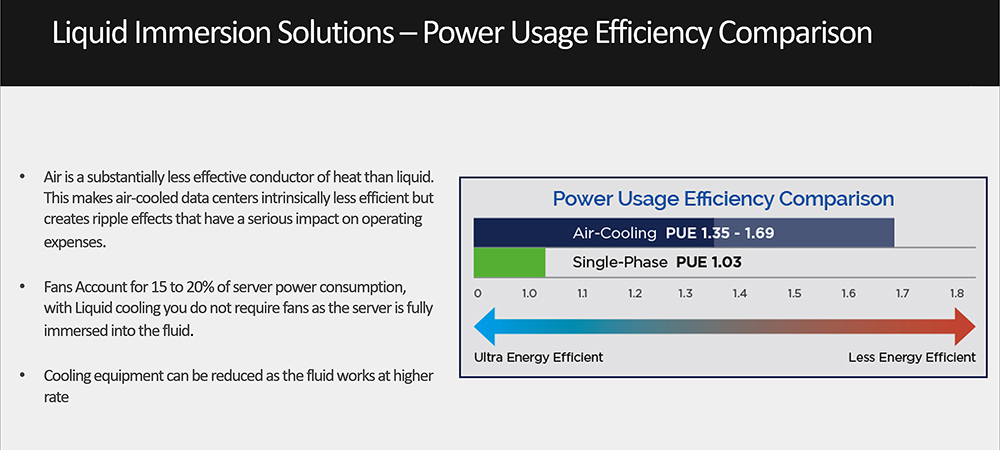
Liquid immersive cooling
Liquid immersion cooling, or more specifically single-phase liquid immersion cooling, is a method of fully submerging heat generating computer components as well complete servers into a dielectric fluid. “This is not to be confused with water,” says Viedge.
Servers are in vertical racks and the dielectric coolant circulates inside and around the immersed equipment. This eliminates the need for any additional cooling systems around the CPU itself. The system is efficient because the dielectric is an efficient conductor of heat but not electricity.
The dielectric fluid in the immersive pods is electrically inert and non-conducting. In other words, it is not electrically conductive and does not carry currents through its depth. Hence there is no hazard to personnel or the equipment itself, from any possible leakage of charge.
In addition to the power savings achieved by using the dielectric fluid, the IT infrastructure that is immersed inside the dielectric do not need to use fans or any other additional cooling systems. This reduces the energy consumption of the IT infrastructure and improves the PUE ratio.
At its Experience Centre in Dubai, ALEC Data Center Solutions uses the Submer SmartCoolant liquid. This is a dielectric, synthetic, proprietary fluid, that is certified as 100% non-hazardous and biodegradable according to OECD 301. The properties of the SmartCoolant fluid allow for a significantly higher heat transfer performance as compared to air.
“The immersion cooling solution we deploy also eliminates the use of refrigerant gas and its associated carbon emissions,” adds Viedge.
Air cooling systems can support datacentres up to 2U servers that consume 300W.
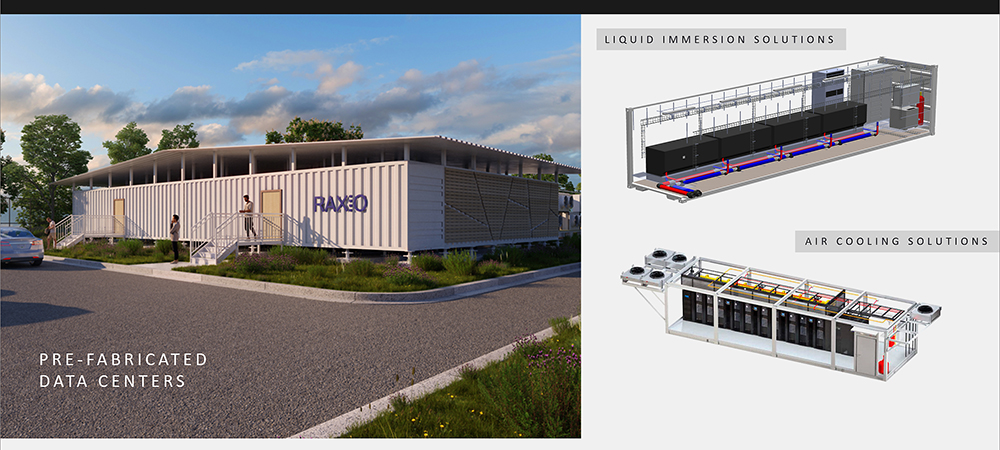
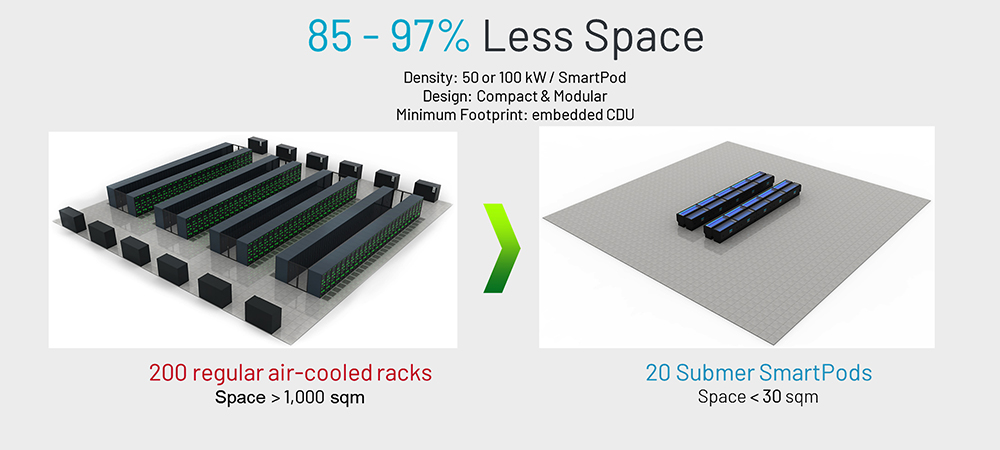
Air versus liquid cooling
Datacentres that are using immersive liquid cooling are more energy efficient than air cooled datacentres. The PUE of a single phase, immersive liquid cooling datacentre can be as low as 1.03. This is in comparison to upwards of 1.35 for air cooled datacentres, that can range as high as 1.90.
Air is a substantially less effective conductor of heat than liquid. This makes air-cooled datacentres intrinsically less efficient but creates ripple effects that have a serious impact on operating expenses.
Fans inbuilt into servers and CPUs account for 15 to 20% of power consumption by IT infrastructure. By using liquid immersive cooling, this consumption is eliminated, since fans are not required or become idle when IT infrastructure is immersed. Cooling equipment for the overall datacentre can also be scaled down since there is no heat emitted outside the immersive station.
Air cooled datacentres require relatively larger area footprint, have a high wastage of water and have noisy operations. Immersive liquid cooled datacentres require 85% less area footprint, 95% less cooling cost, have silent operations and zero water wastage.
Immersive water cooled datacentres can also operate under rugged conditions and are well suited for edge and smart city type of use cases and deployments.
“This technology, due to its high cooling efficiency and resulting power consumption savings, is becoming popular with high workload data centres around the world,” sums up Viedge.
ALEC Data Center Solutions is in partnership with Submer for the cooling pods and dielectric fluid and can offer immersion ready servers from 2CRSi and Hypertec.
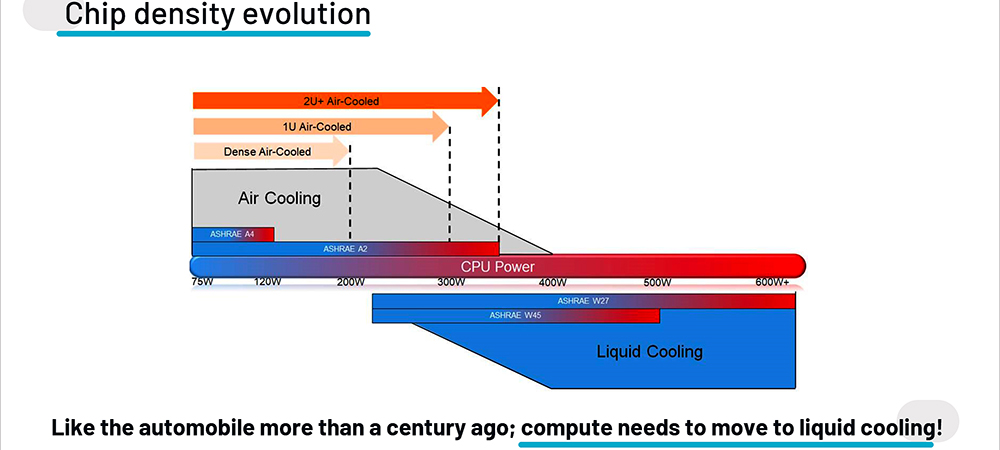
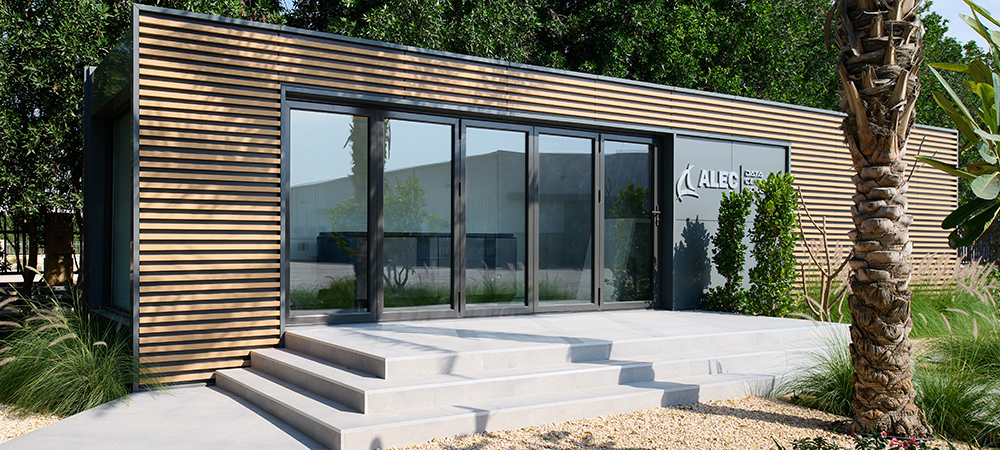
Snapshot
ALEC Data Center Solutions, is a subsidiary of the ALEC Group. Building on the Group’s strengths in construction, MEP, logistics, fitout, and technology integration, ALEC Data Center Solutions caters to growing demand for regional data centres. In addition to designing, implementing, and commissioning turn-key data centres that conform to the highest international standards, the company offers prefabricated data centres for quick deployments within the region.
It is also the first in the region to specialise in liquid immersion solutions that lead to more sustainable, customisable, and cost-effective data centres.
ALEC Data Center Solutions seeks to specialise in the delivery of resilient, sustainable datacentre assets. This includes the engineering, procurement, construction of large-scale traditional datacentres suited for hyperscale and colocation players. It also specialises in engineering, procurement, and manufacture of prefabricated datacentre solutions.
ALEC Data Center Solutions uses the latest construction software and digital integration tools to build out its solutions. ALEC Data Center is focussed on the final delivery and outcome and is therefore agnostic of the products and solutions being used to meet the customer requirement. It can deliver highly complex and specialised solutions for its customers.
ALEC Data Center Solutions focuses on three primary lines of business — traditional datacentre construction solutions, prefabricated solutions, and modernisation and retrofit solutions. Furthermore, the company has the ability to offer liquid immersion solutions which can be deployed within all the above lines of business.
To meet the cooling requirements of traditional datacentres supporting high cloud and digital traffic workloads, ALEC Data Center Solutions is now offering single phase liquid immersion cooling. ALEC Data Center Solutions is in partnership with Submer for the cooling pods and dielectric fluid. It is also able to offer immersion ready servers from 2CRSi and Hypertec.


